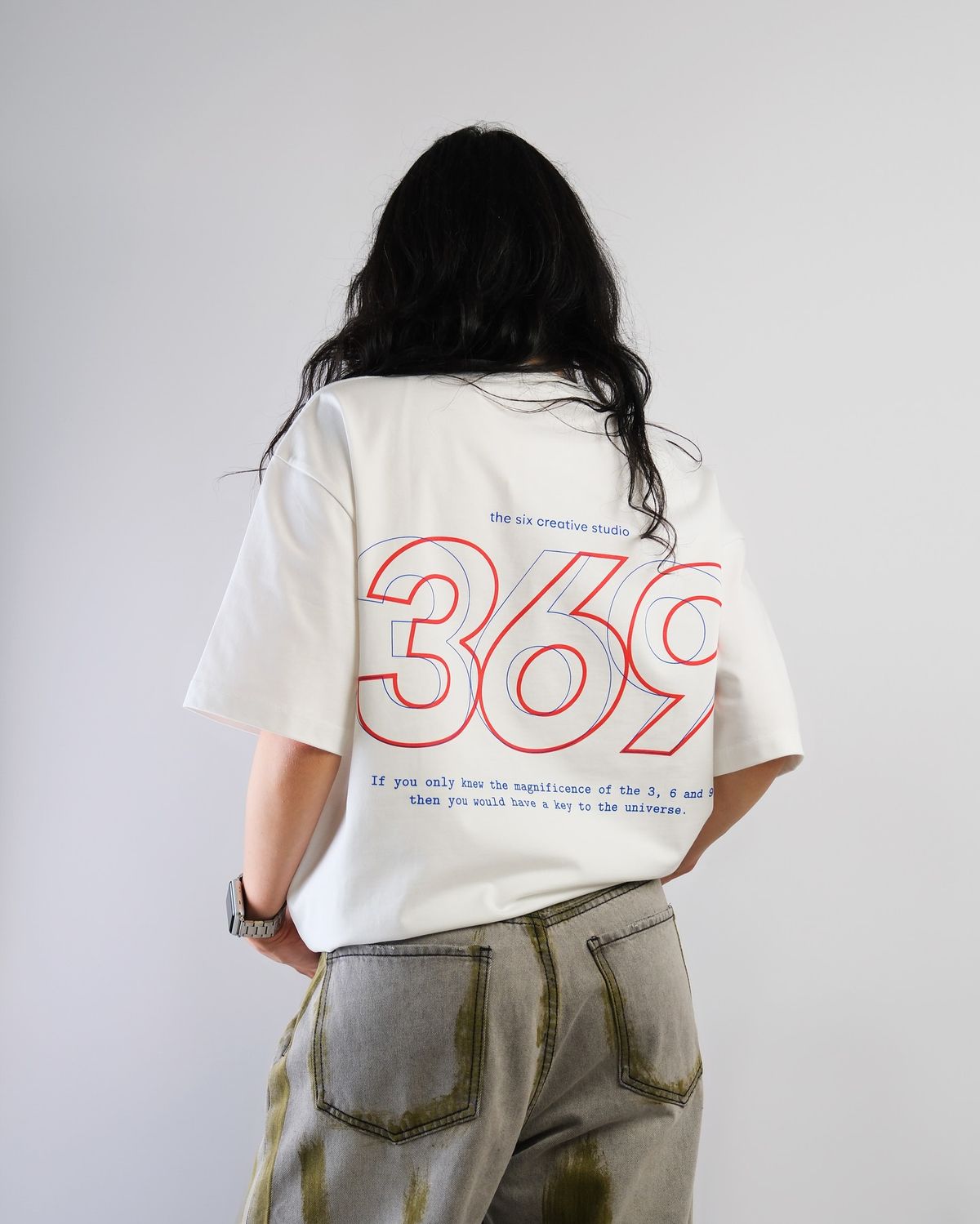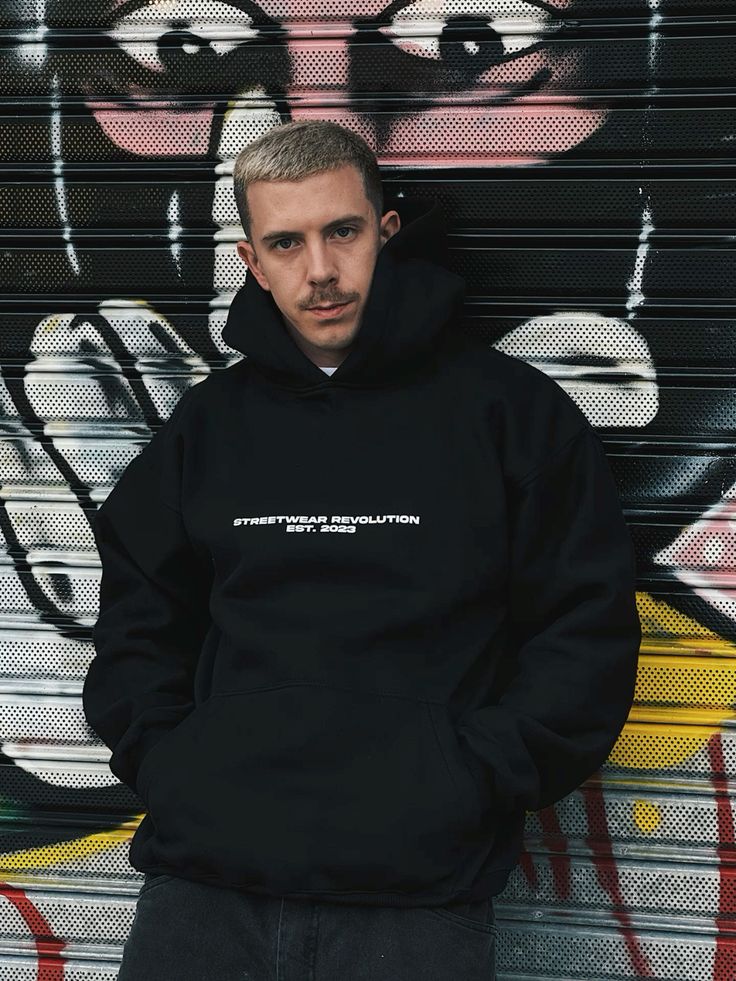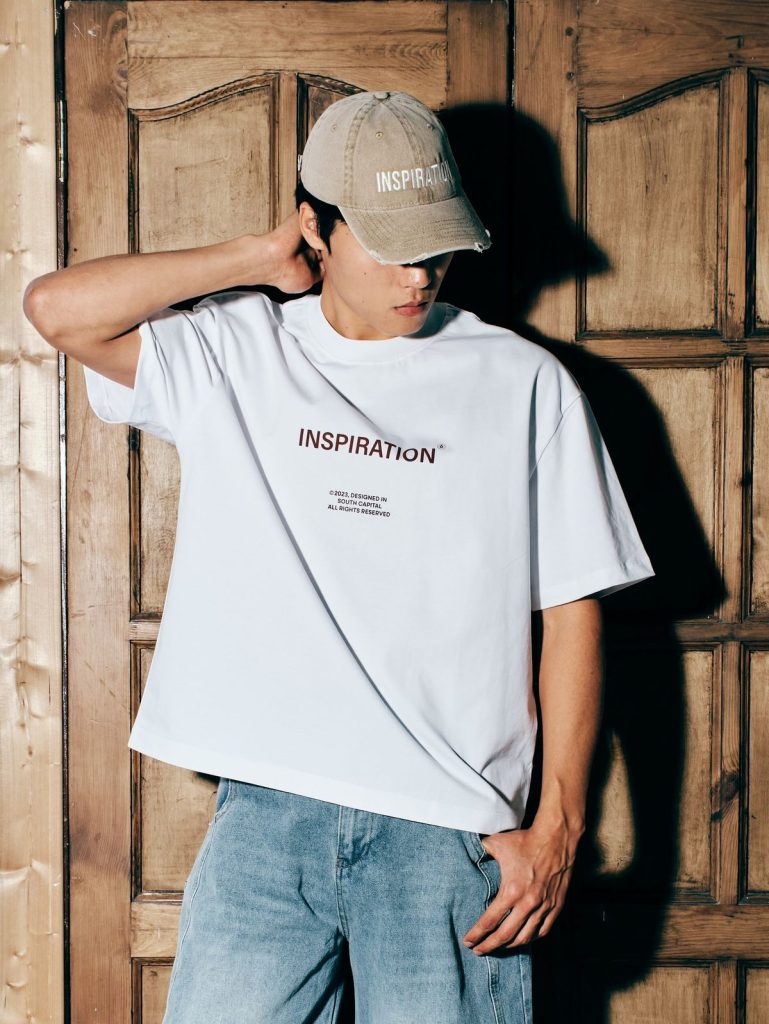Introduction
The year 2025 is redefining what it means to be bold in fashion. No longer confined to predictable silhouettes or seasonal trends, designers are pushing boundaries in ways that blur the line between art, technology, and cultural commentary. On the runways of Paris, Milan, New York, and Tokyo, audiences are witnessing a radical departure from convention. Collections are not just about clothing; they are powerful narratives that challenge social norms, address pressing global issues, and explore what the future of human expression might look like.
The concept of the “runway rebel” has become the defining force of contemporary fashion. These are the creators who refuse to play by the rules, who see garments as more than functional attire, and who are committed to reshaping the dialogue between fashion and society. Some of them experiment with AI-driven designs and 3D-printed textiles. Others use their platforms to advocate for inclusivity, sustainability, or cultural heritage. Many are blending technology with craftsmanship, creating collections that feel futuristic yet deeply personal.
2025 is not the year of subtle evolution—it is the year of revolution on the catwalk. Each boundary-breaking moment tells a story about identity, diversity, and innovation. This new wave of fashion rebels isn’t simply creating clothes—they’re shaping how we imagine ourselves and the world around us.
The Evolution of Rebellion in Fashion
Fashion has always had a rebellious spirit, with each era marked by its own acts of defiance against mainstream norms. From Coco Chanel liberating women from corsets in the early 20th century to the punk revolution of the 1970s, designers have long used fashion as a form of resistance. In 2025, this tradition of rebellion continues, but it has expanded into new territories.
Unlike past decades where rebellion was often expressed through shock value—ripped garments, neon hair, or extreme silhouettes—today’s designers are pushing boundaries in more nuanced yet impactful ways. They are integrating sustainability as protest, questioning consumerist excess by creating garments from recycled ocean plastics or biodegradable fabrics. They are using technology not as a gimmick but as a tool to redefine construction, fit, and accessibility. They are amplifying underrepresented voices, showcasing models of all body types, genders, and abilities, making inclusivity itself a radical act on the runway.
The modern runway rebel is not only about shocking aesthetics but about challenging power structures within the fashion system. They are critiquing fast fashion, confronting the industry’s environmental impact, and questioning the exclusivity of haute couture. Their rebellion is intellectual, cultural, and political, as much as it is visual.
This new wave is not a fleeting moment—it represents a shift in how fashion operates. The runway in 2025 has become a stage for revolution, where creativity is used as a weapon against conformity and silence.
Technology as a Tool for Radical Expression
In 2025, technology is no longer a backstage accessory to fashion—it is central to the rebellious narratives unfolding on runways. Digital fashion houses and forward-thinking designers are using technology to create garments that exist both physically and virtually. 3D-printed fabrics, holographic gowns, and garments embedded with smart sensors are turning fashion shows into multisensory experiences.
Artificial intelligence plays a crucial role in shaping design processes. AI algorithms can analyze millions of patterns, colors, and cultural references to generate unique ideas, which designers then reinterpret through their own creative lens. The rebelliousness lies in the willingness to let machines become co-creators, challenging the long-held belief that fashion must be purely human-driven.
Another key development is the rise of augmented reality fashion shows, where audiences can use devices to view digital layers of garments that transform in real time. These shows disrupt the exclusivity of traditional runways, allowing global audiences to participate in the spectacle without being physically present. This democratization of fashion is itself an act of rebellion, dismantling barriers that once kept high fashion reserved for an elite few.
Even fabrics themselves are becoming rebellious. Materials that can adapt to temperature, change color with light, or interact with biometric signals redefine what clothing can be. For runway rebels, these textiles are not novelties but statements—proof that fashion can transcend static forms and become living, evolving art.



